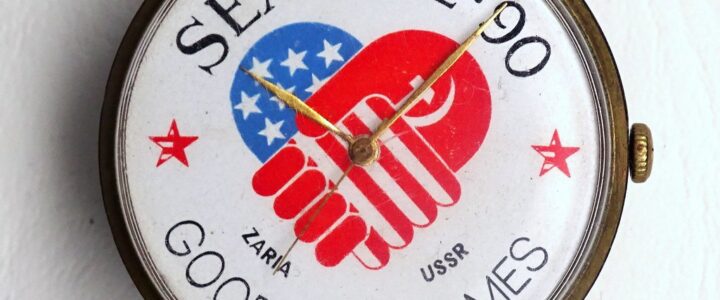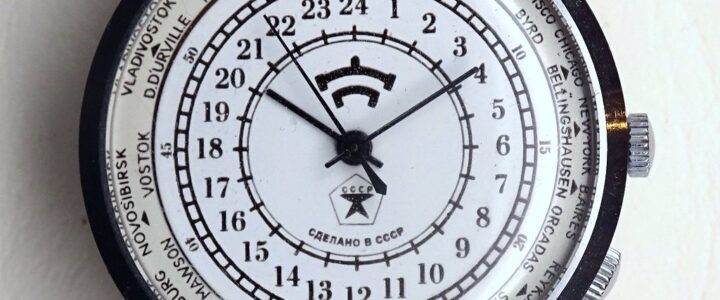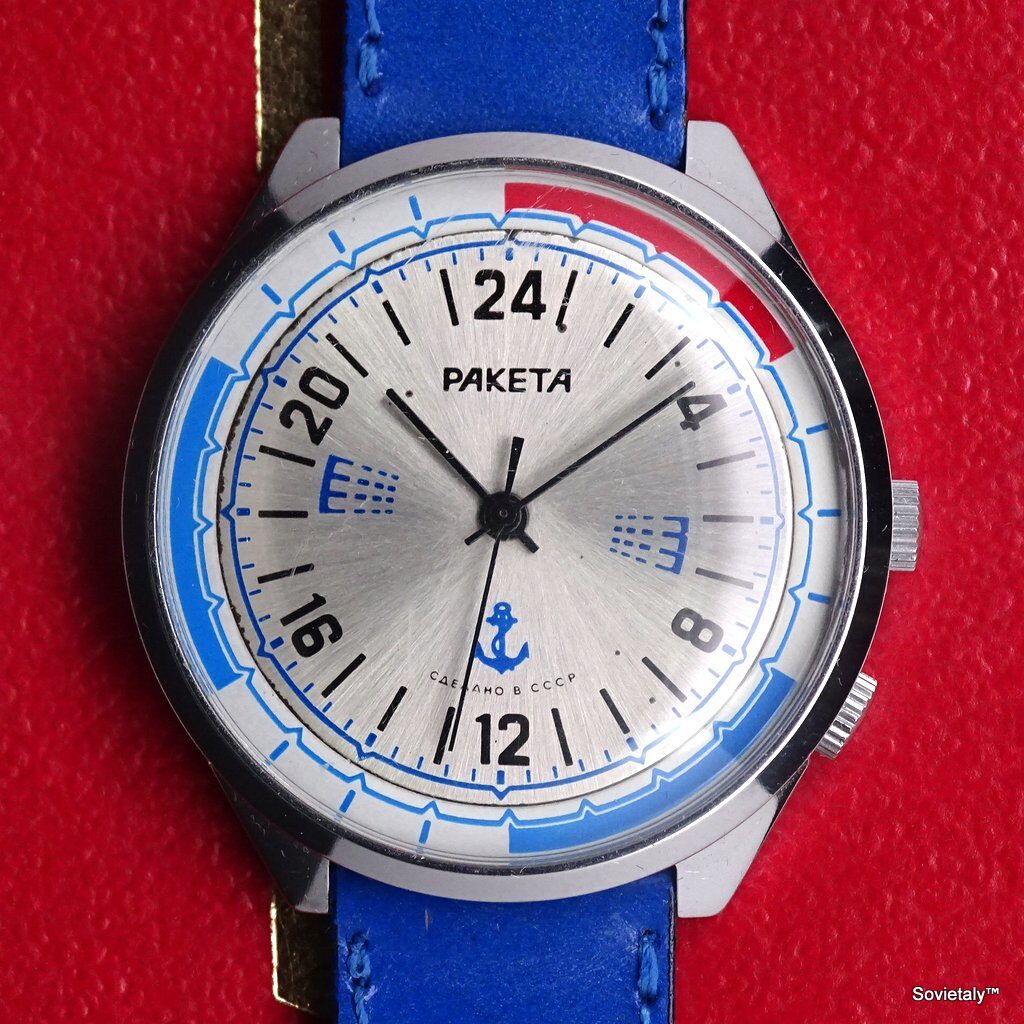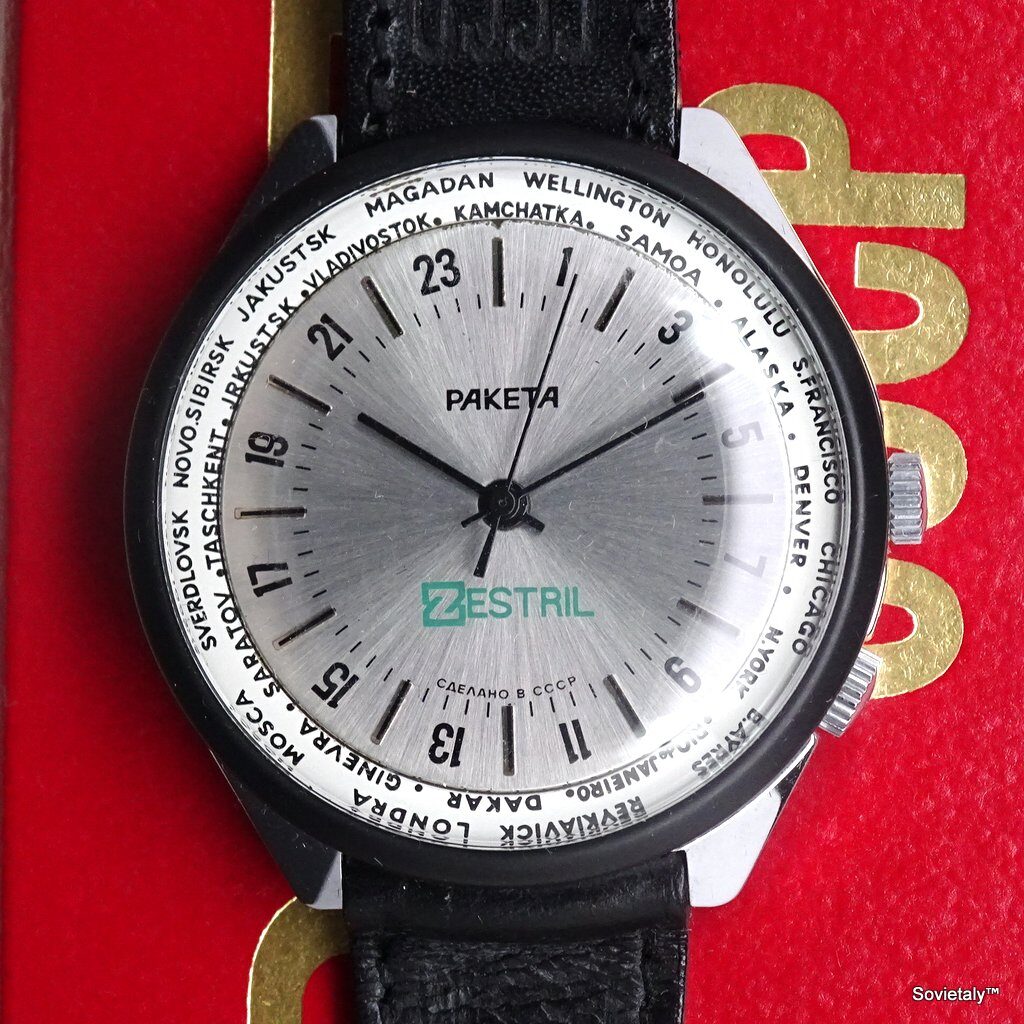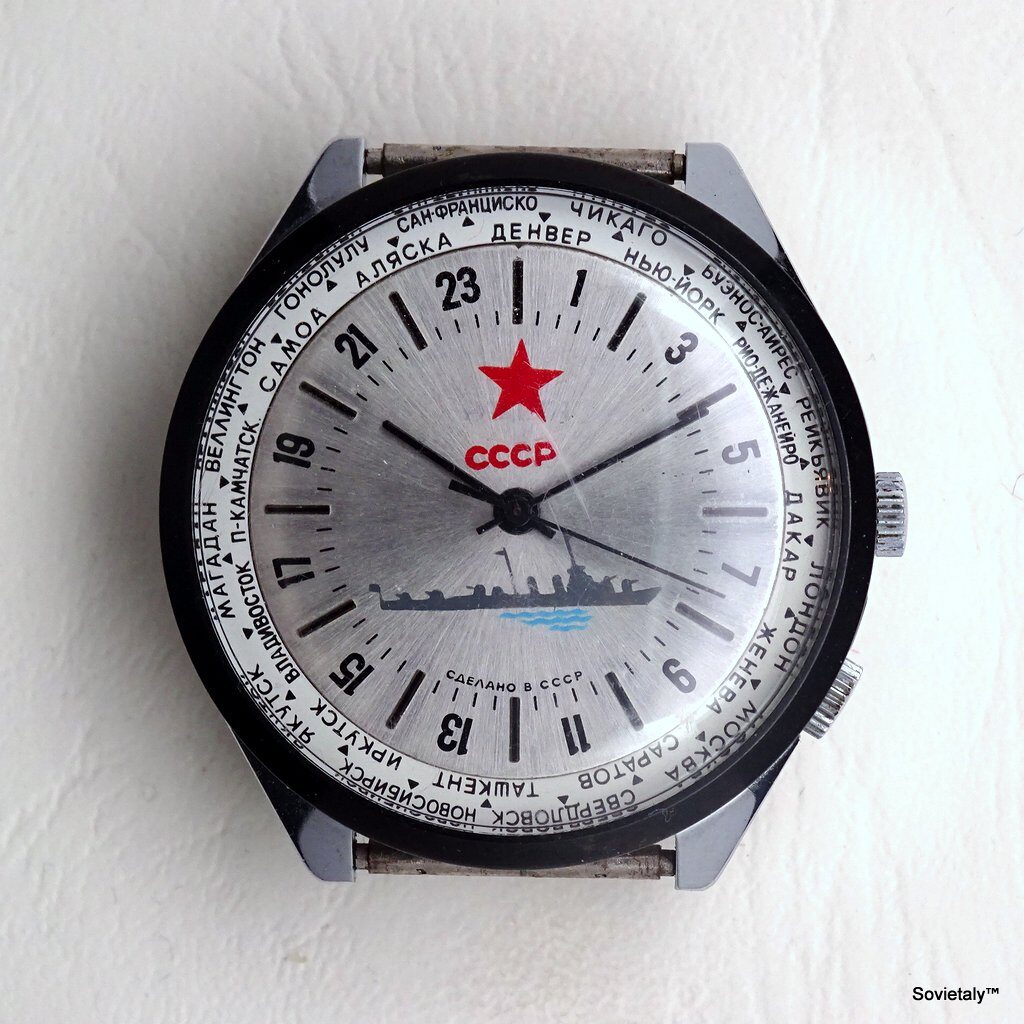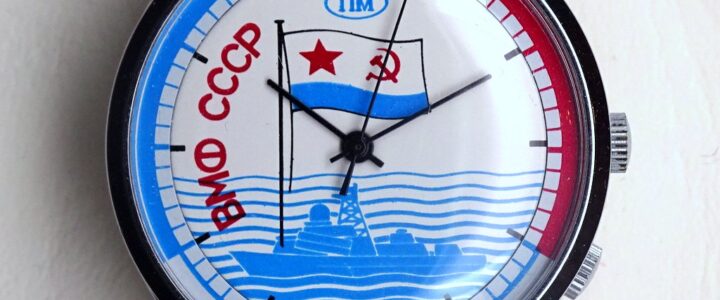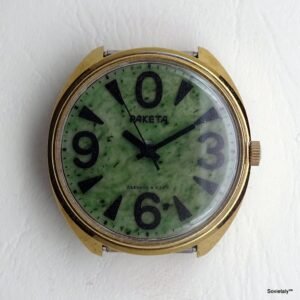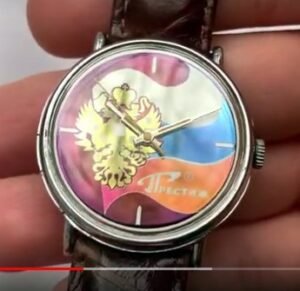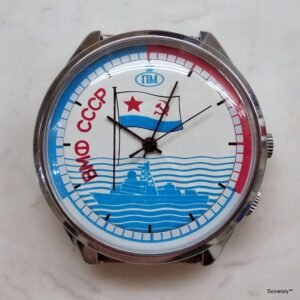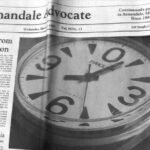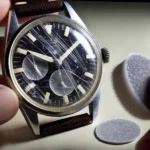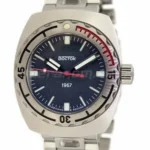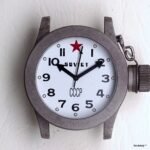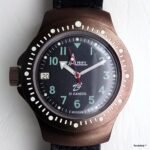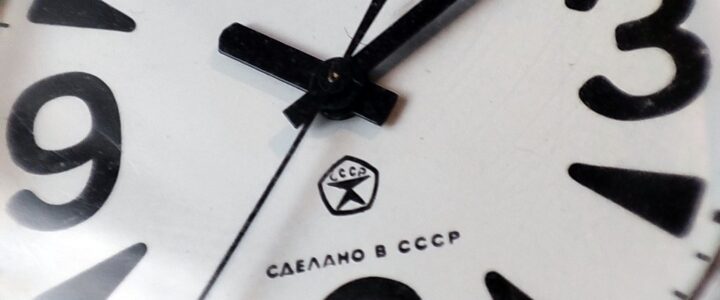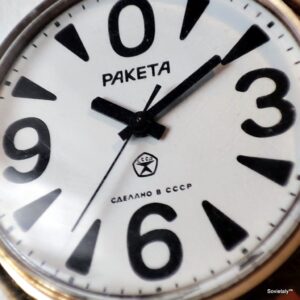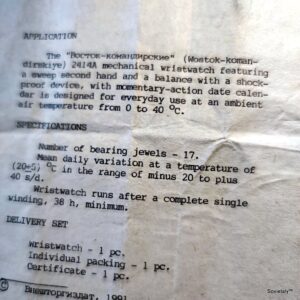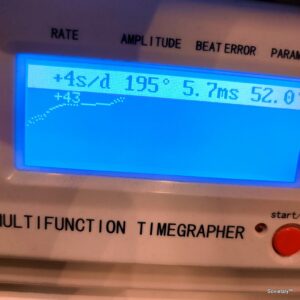Introduction
In the realm of Soviet watchmaking, the Zaria watch from the 1990 Goodwill Games stands out as an intriguing piece of historical memorabilia. Produced by the Zaria brand, this watch features a 21-jewel, manually wound 2009b calibre. Although an economical model, its design and the historical context in which it was made make it noteworthy for enthusiasts of Soviet horology.
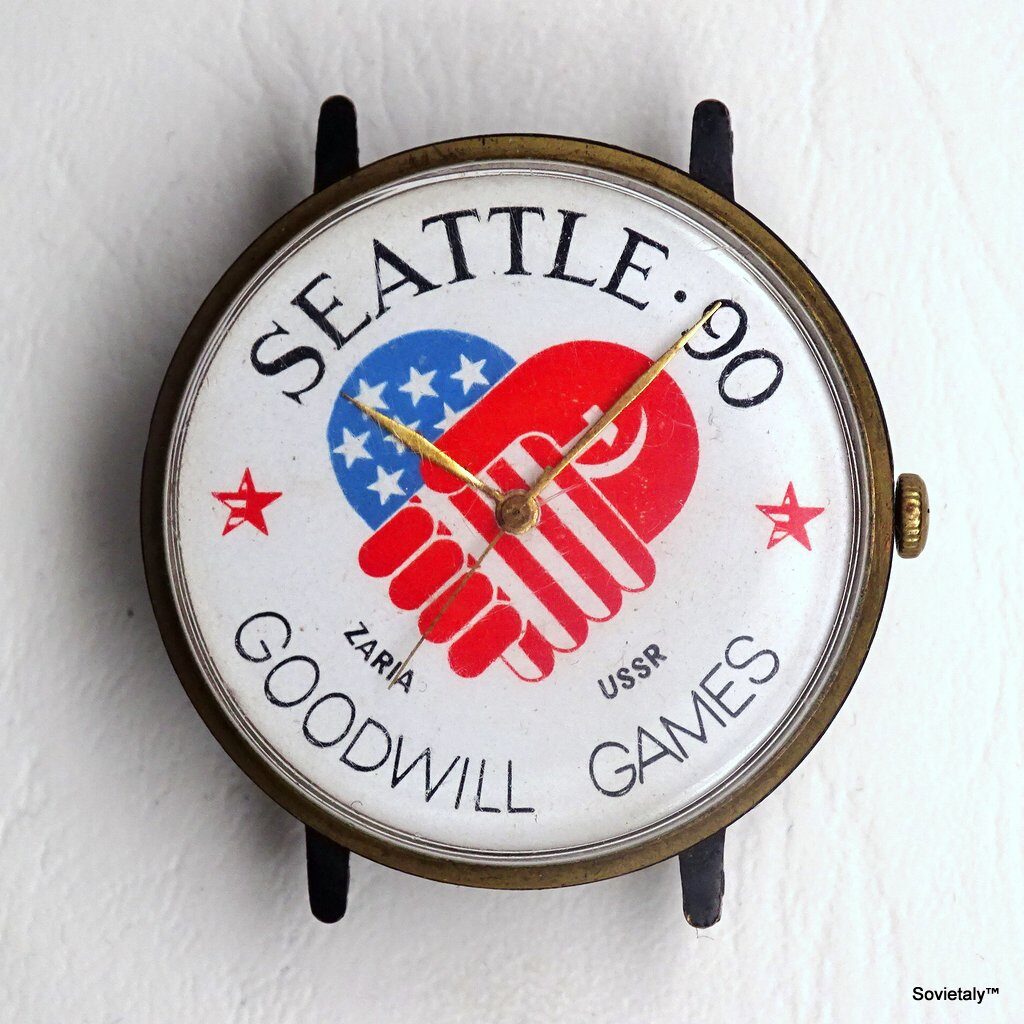
Technical Specifications
The Zaria Goodwill Games 1990 watch uses a manually wound mechanical movement, identified as the 2009b calibre, with 21 jewels. This type of movement was common in watches from that era. The watch case is made of coated brass, a material often used for budget watches, providing basic protection for the internal mechanism. The technical specifics of the 2009 calibre include an oscillation frequency of 21,600 vibrations per hour (vph) and a power reserve of approximately 42 hours. This movement is simple and functional but not particularly known for long-term reliability.
Dial Analysis
The watch dial is rich in symbolism. At the centre, it features a logo depicting two hands shaking, one with the colours of the United States flag and the other with those of the Soviet Union. This symbol of international cooperation is surrounded by the text “Seattle ’90” and “Goodwill Games,” clearly indicating the event and the year.
Significance of the Goodwill Games
The Goodwill Games were conceived by media mogul Ted Turner as a response to the Olympic boycotts during the Cold War. The first edition was held in 1986 in Moscow, and the 1990 event in Seattle marked a moment of détente between the United States and the Soviet Union. This sporting event aimed to promote peace and cooperation between the two superpowers.
Dial Details
In addition to the central logo, the dial features two red stars and the text “Zaria USSR,” confirming the Soviet origin of the watch. The gold-coloured hands stand out clearly against the white background of the dial, offering good legibility.
Conclusion
The Zaria watch from the 1990 Goodwill Games is an interesting example of Soviet watchmaking, with a design reflecting a specific moment in world history. Despite being an economical model with modest technical features, its value lies primarily in the historical and symbolic context represented by the dial. For enthusiasts of Russian and Soviet horology, this watch represents an intriguing piece to add to their collection, helping to preserve the memory of a period of international collaboration.

